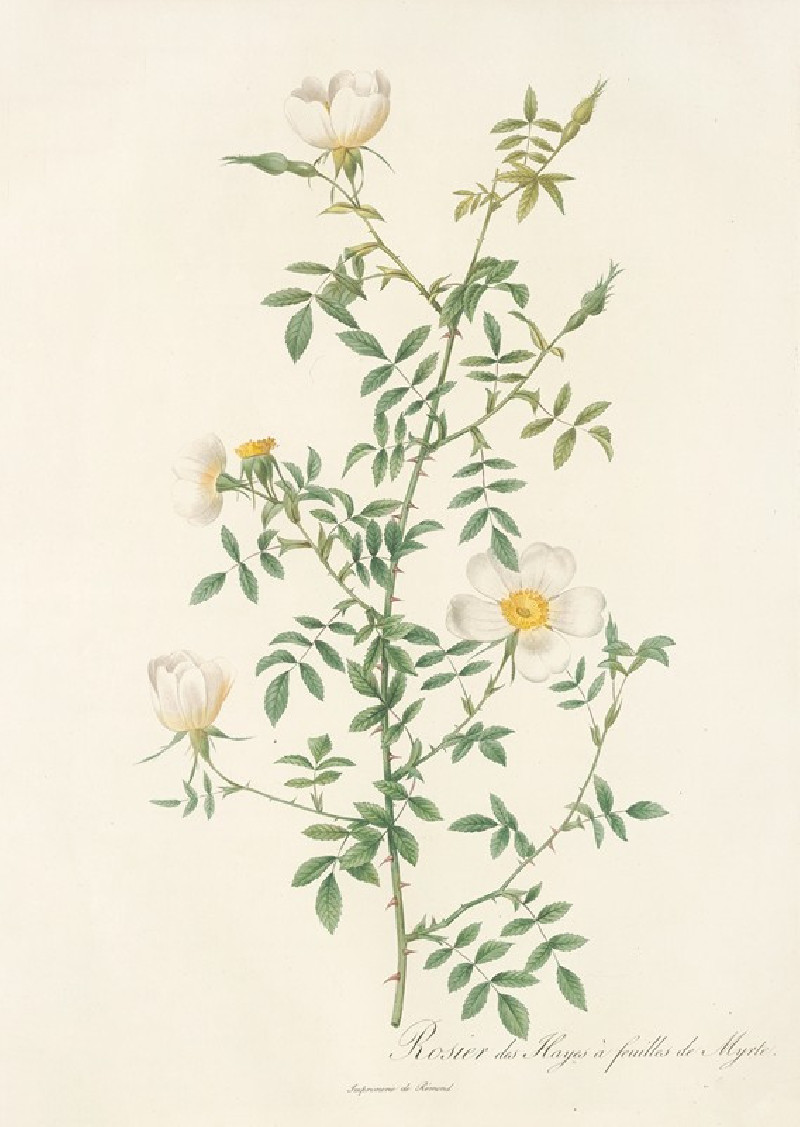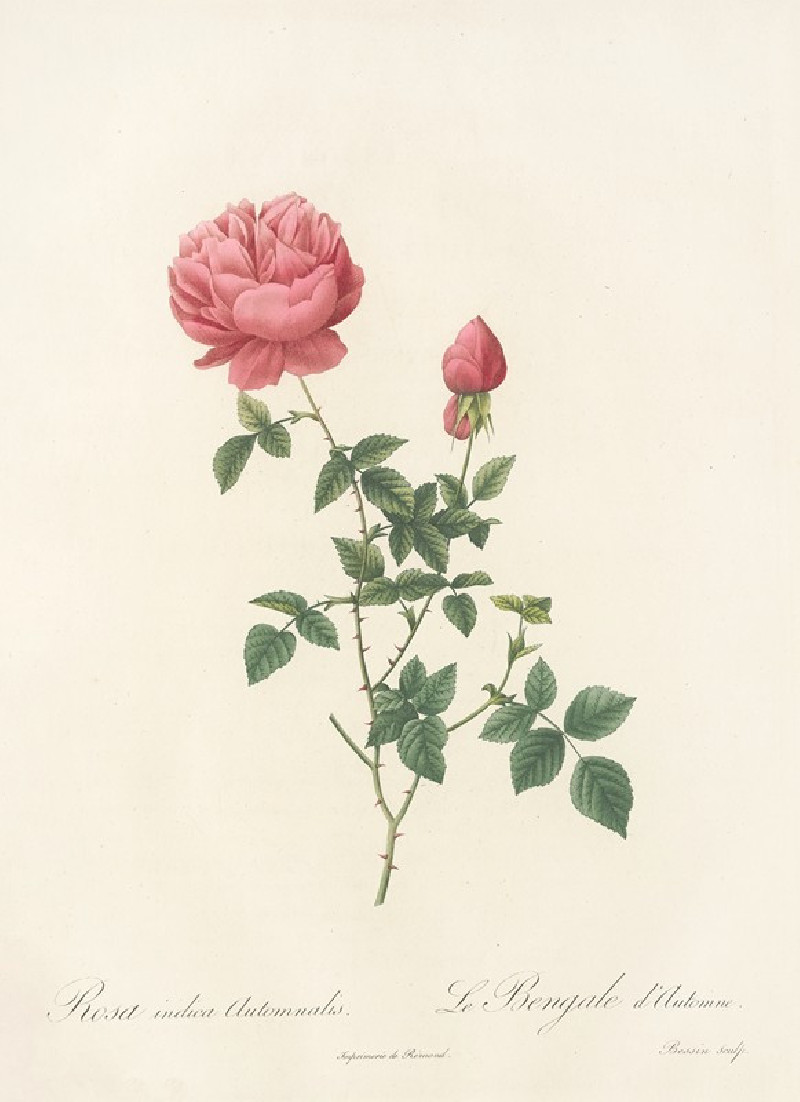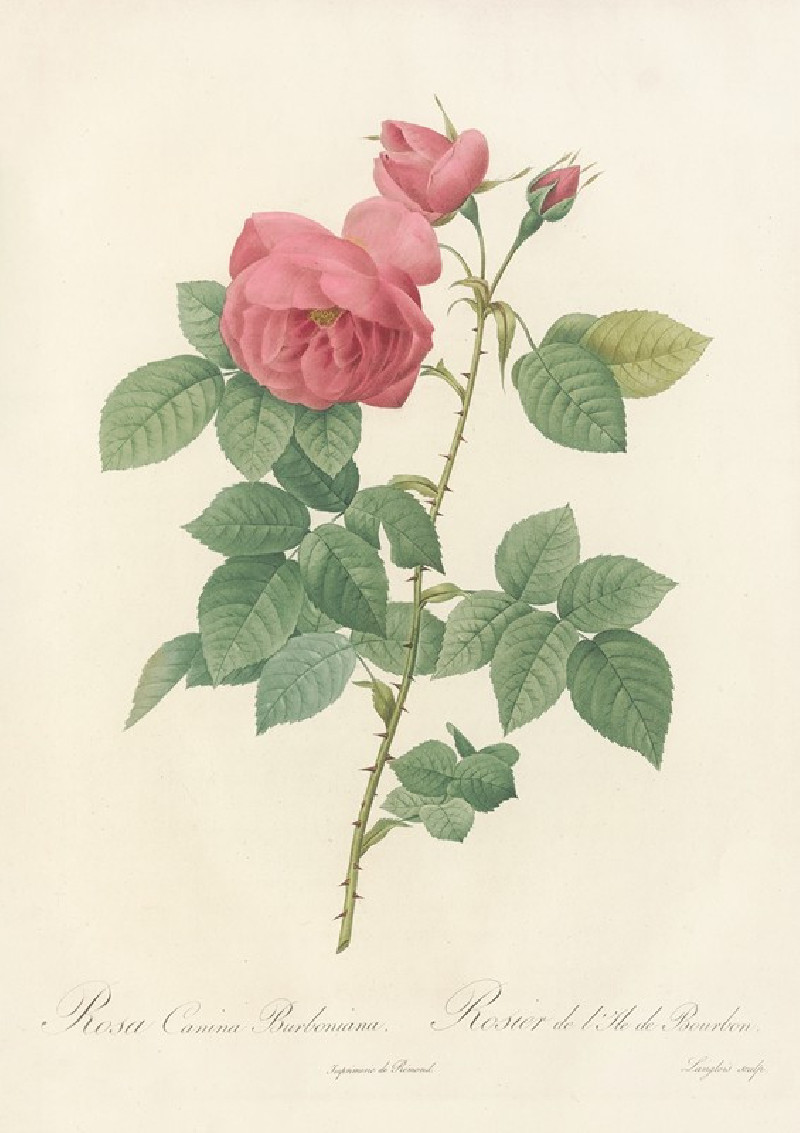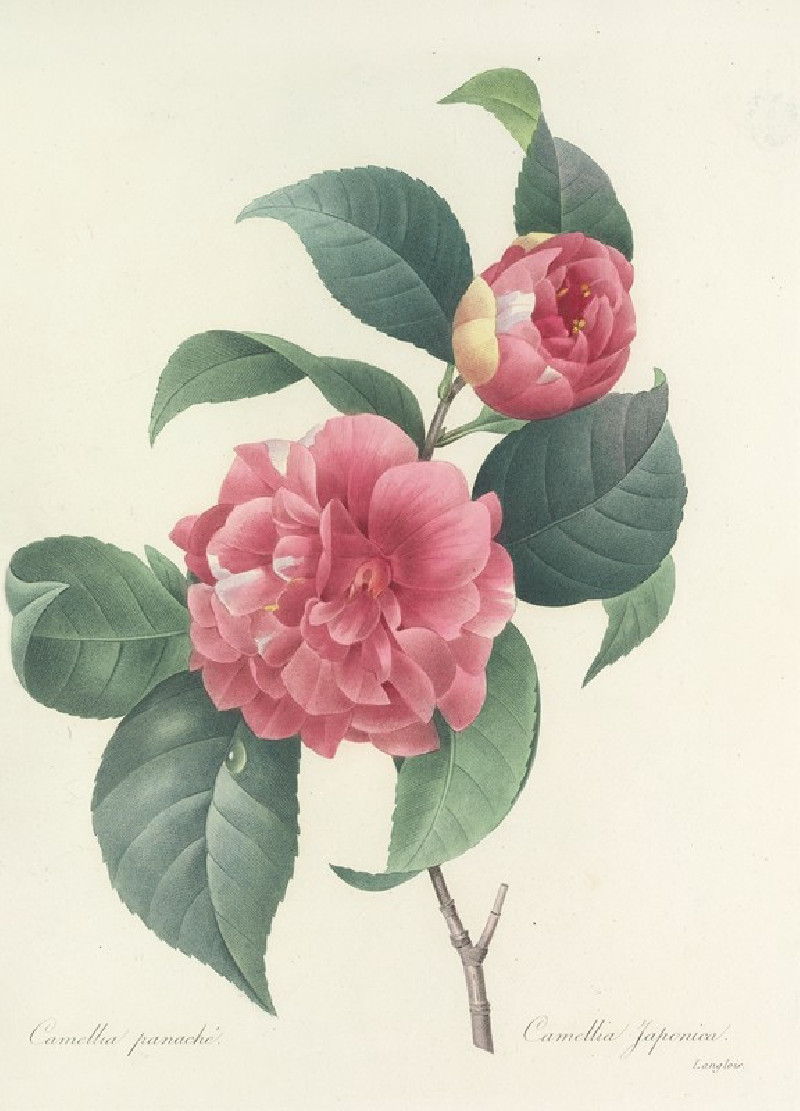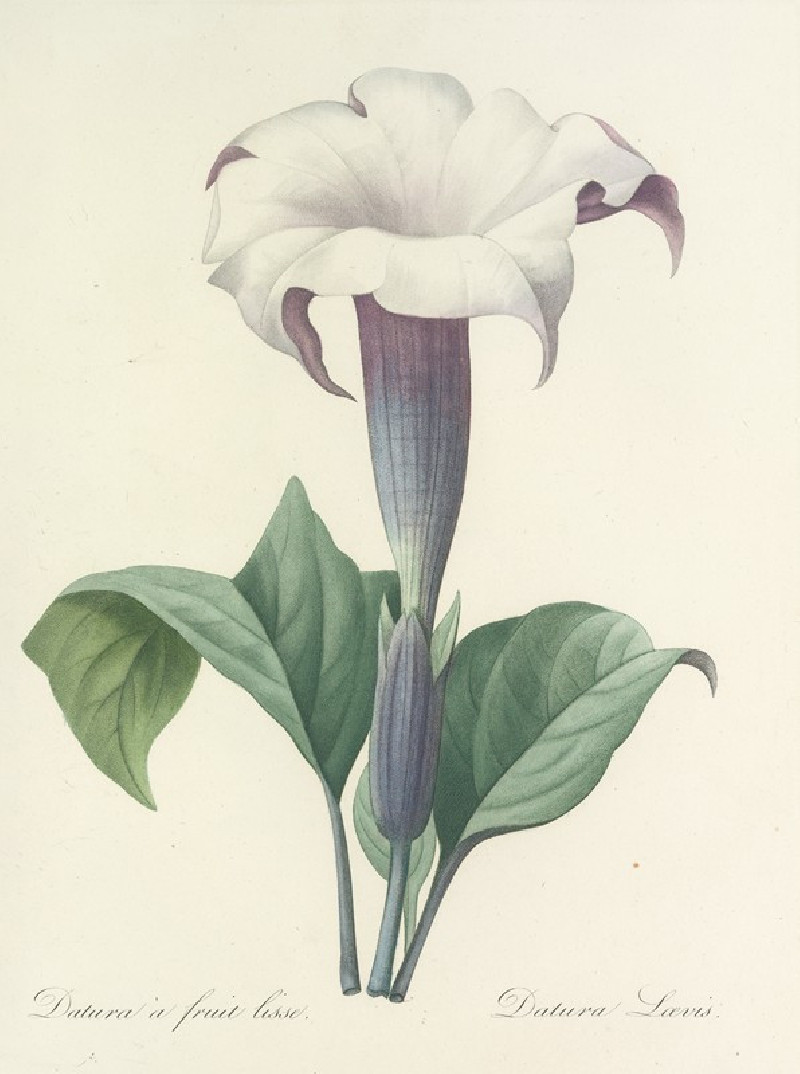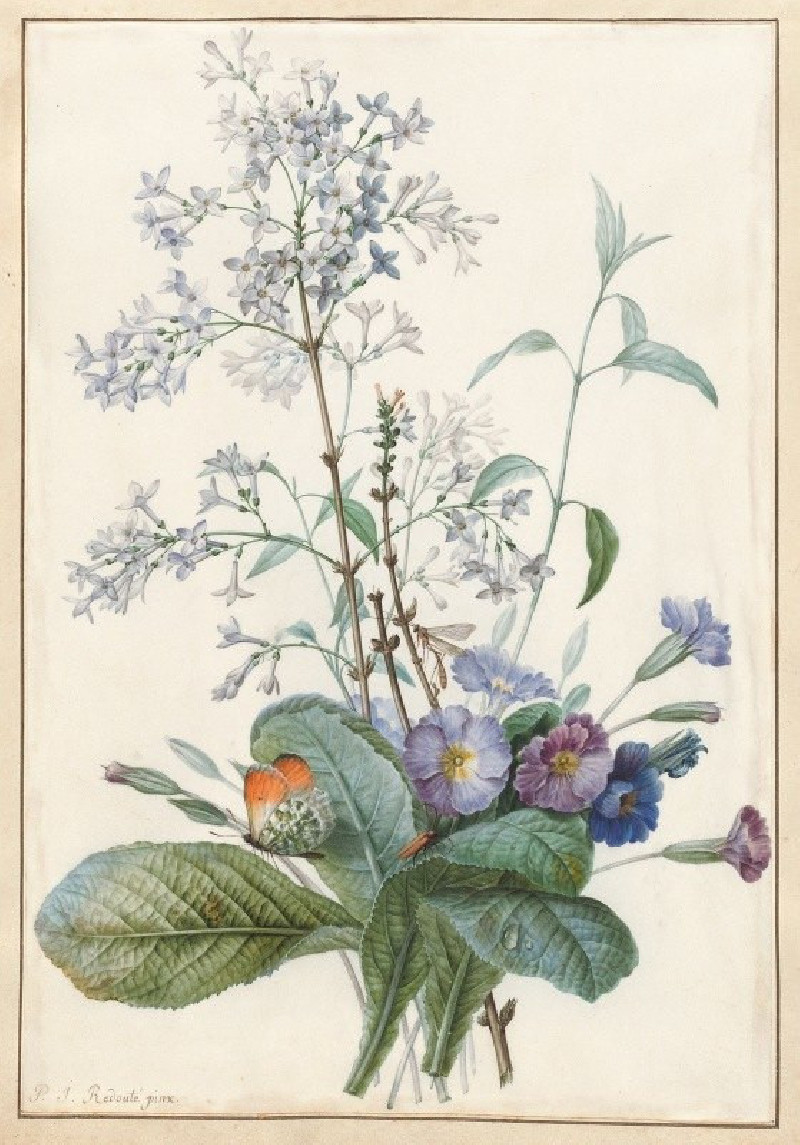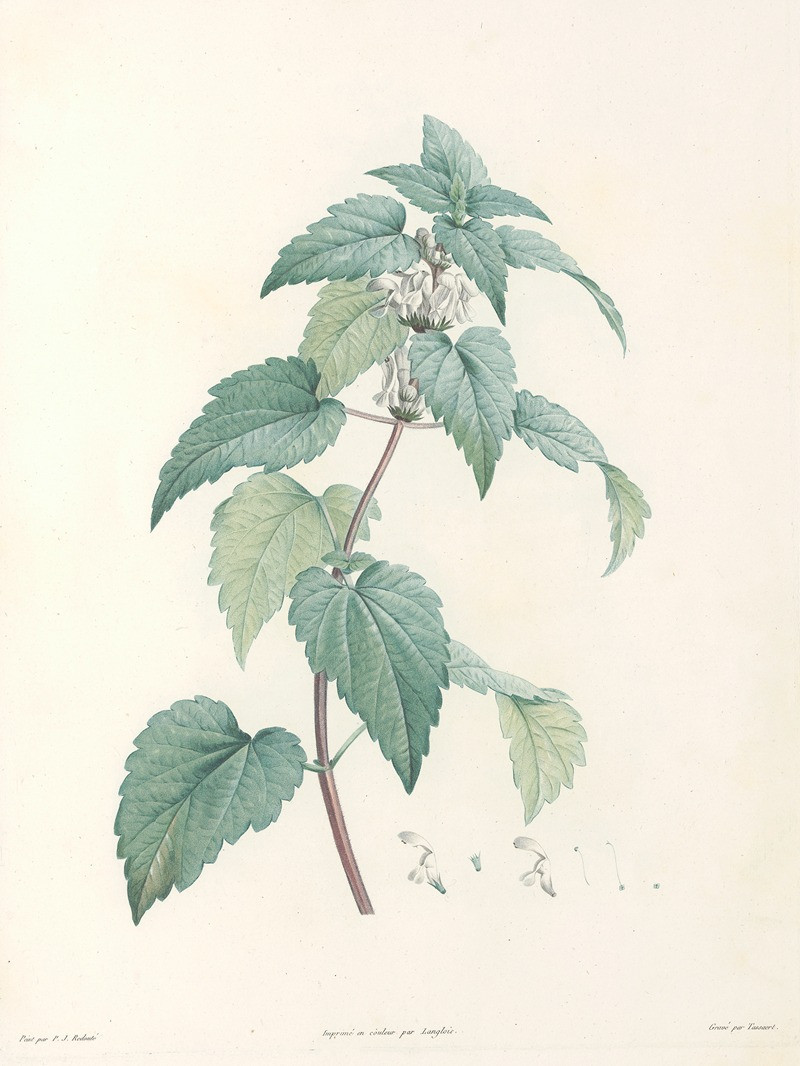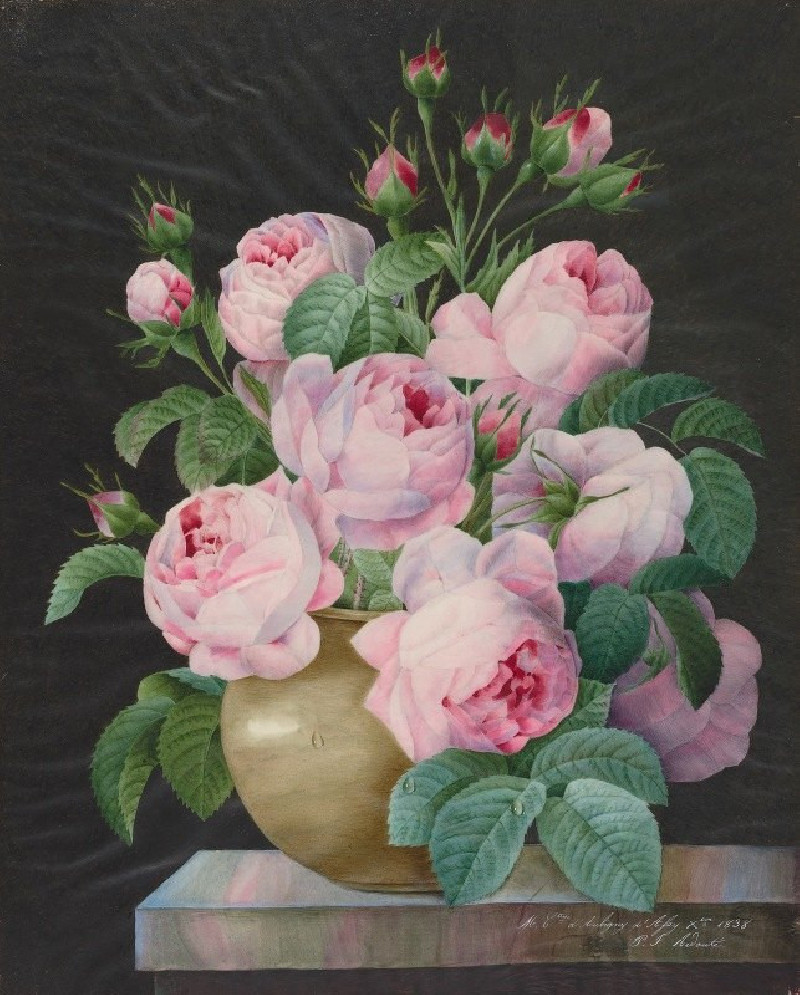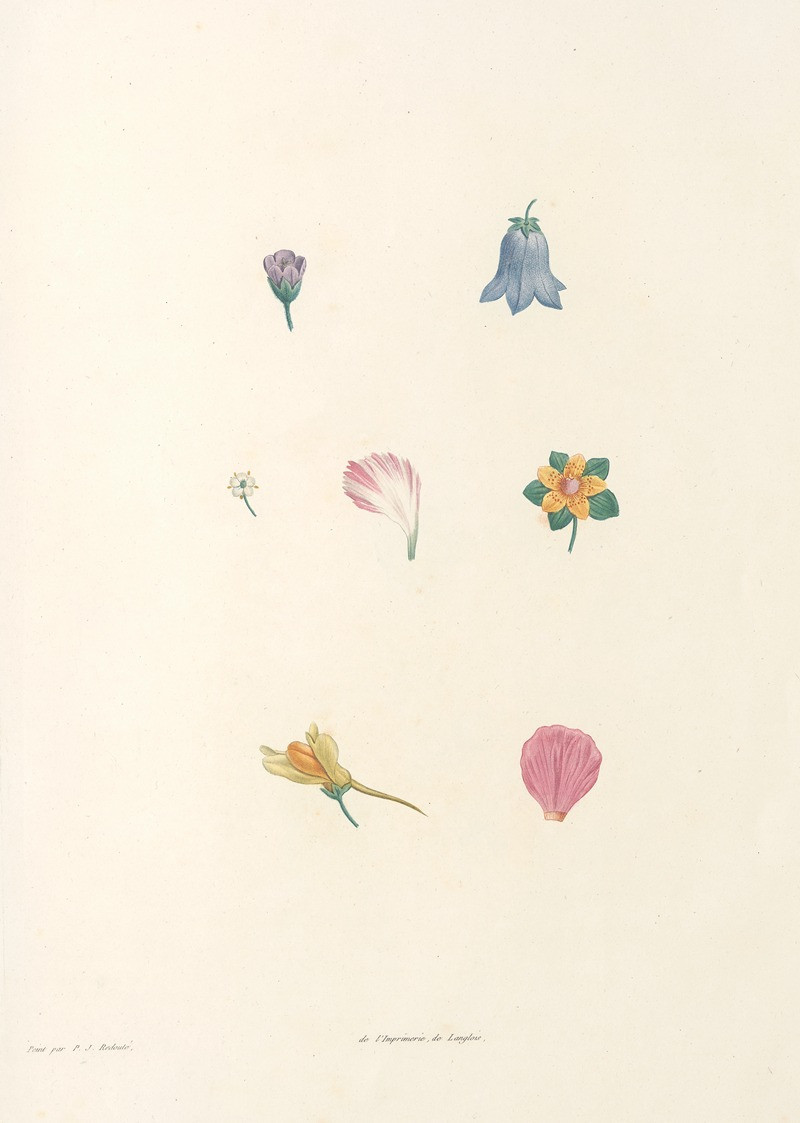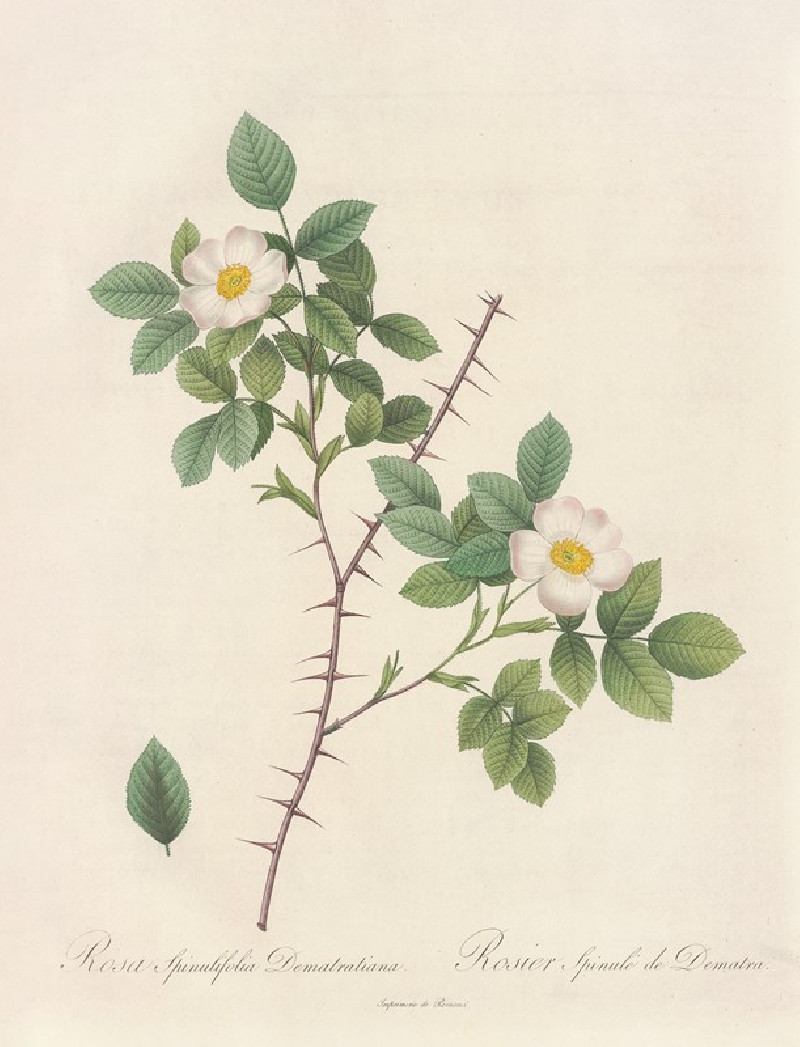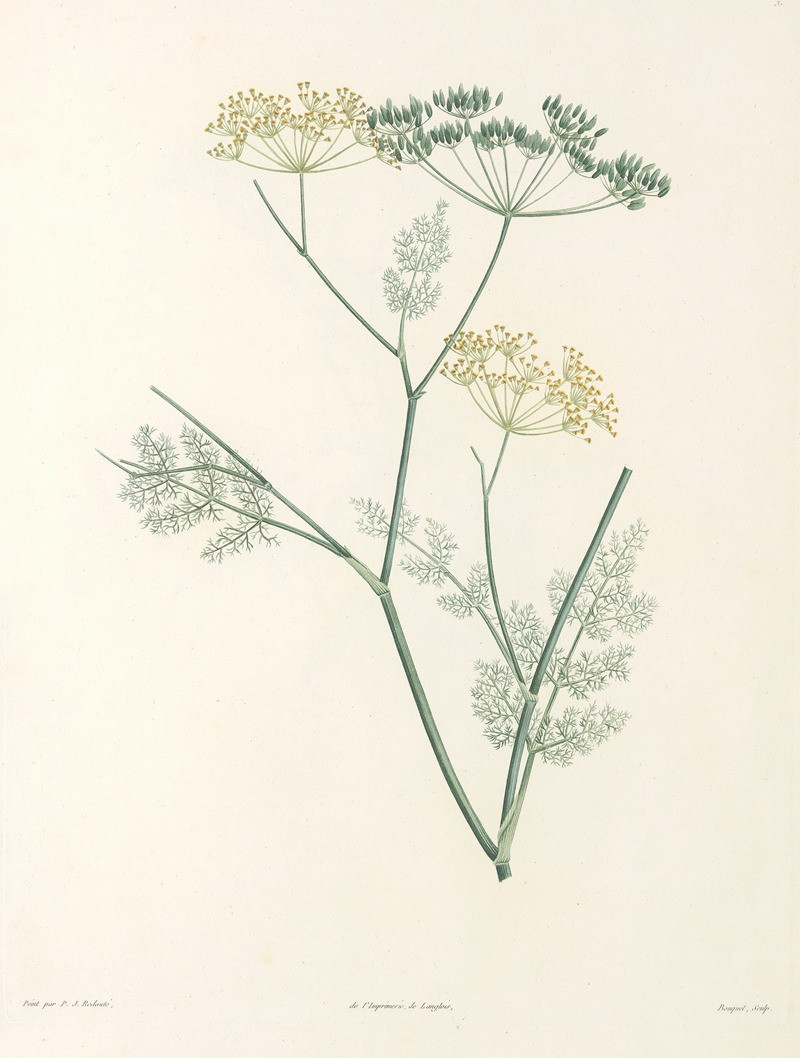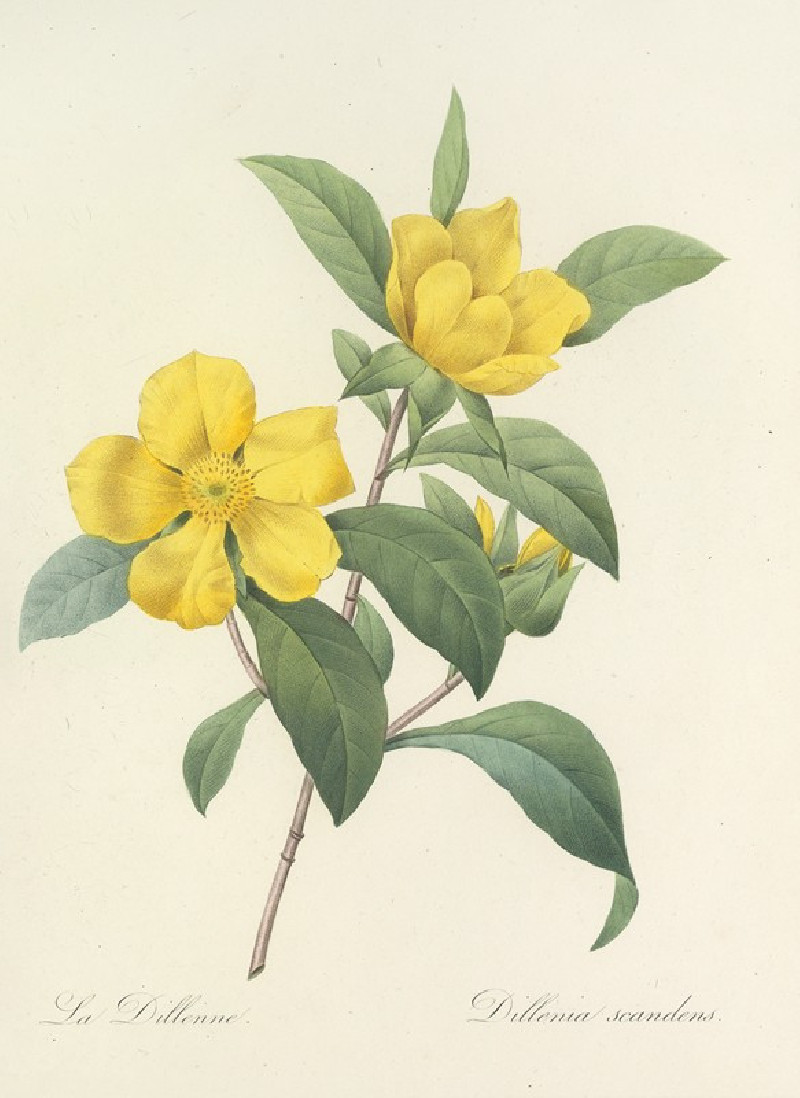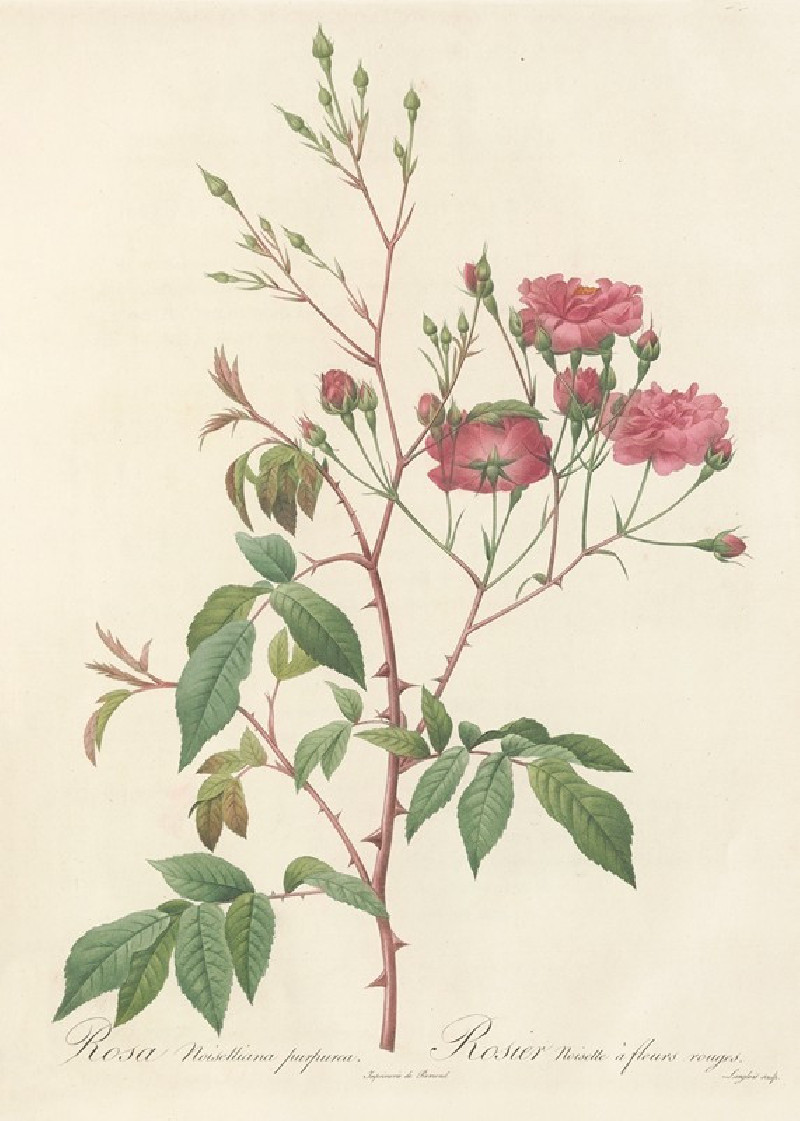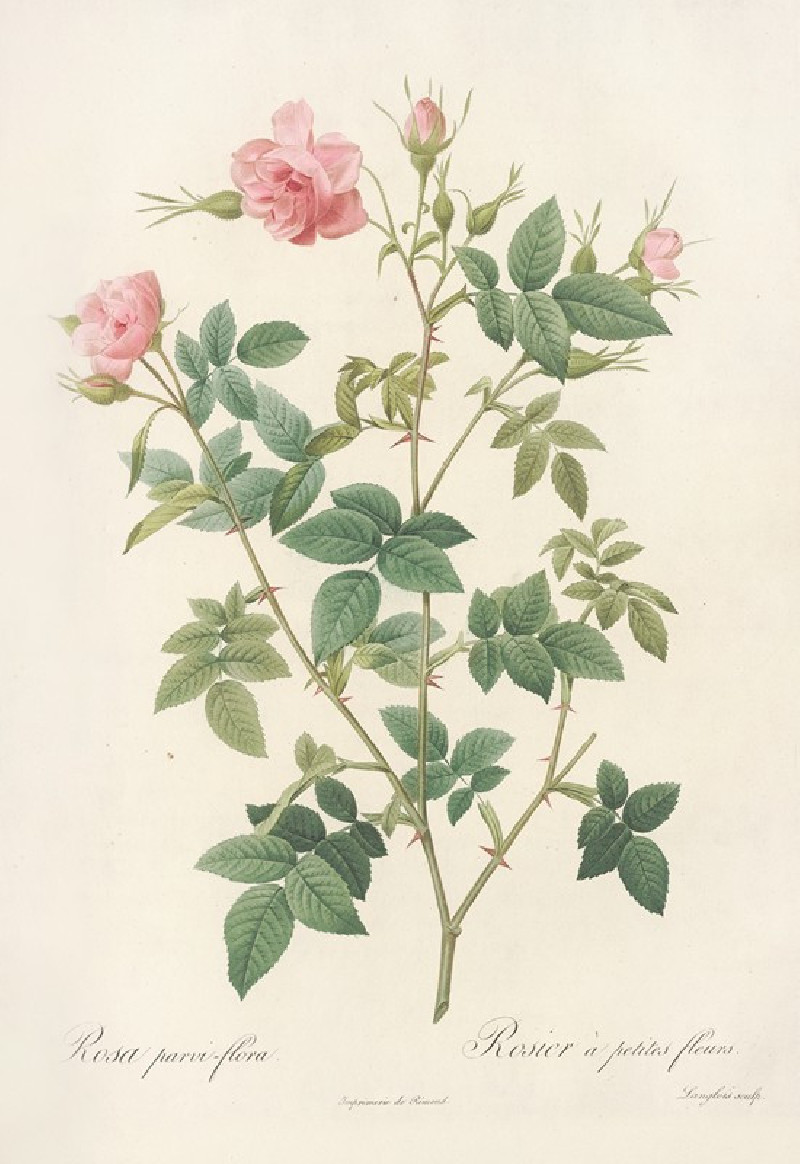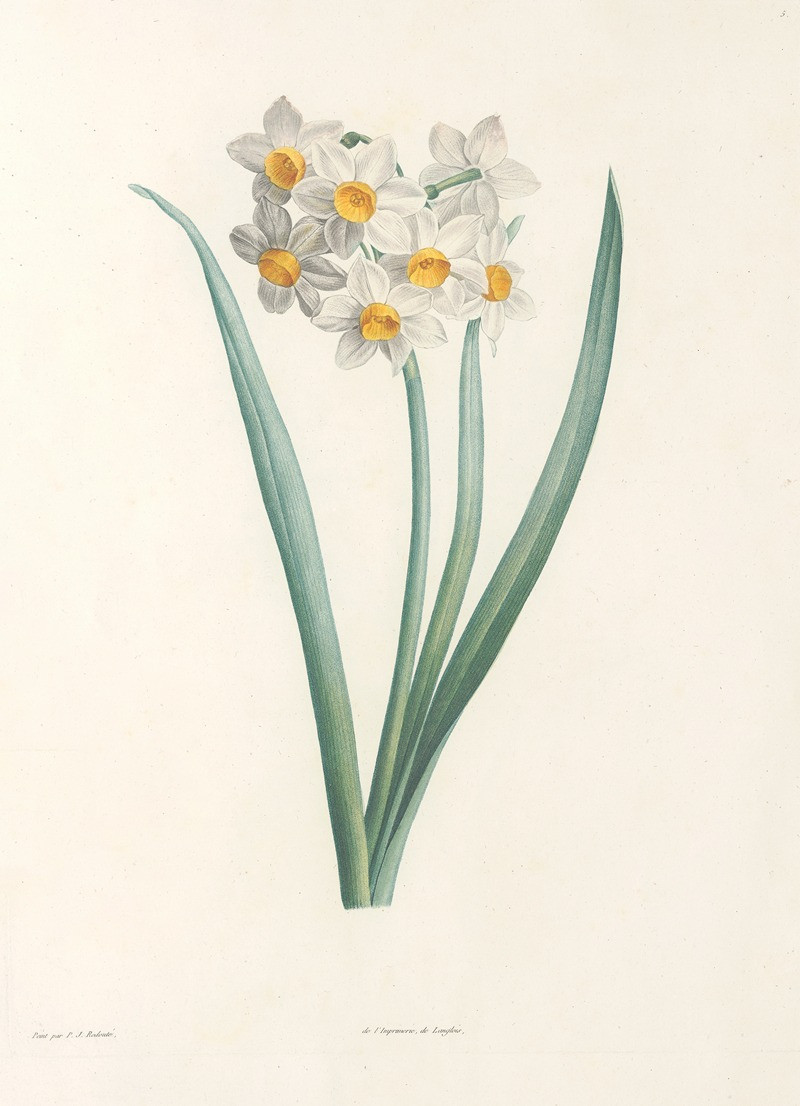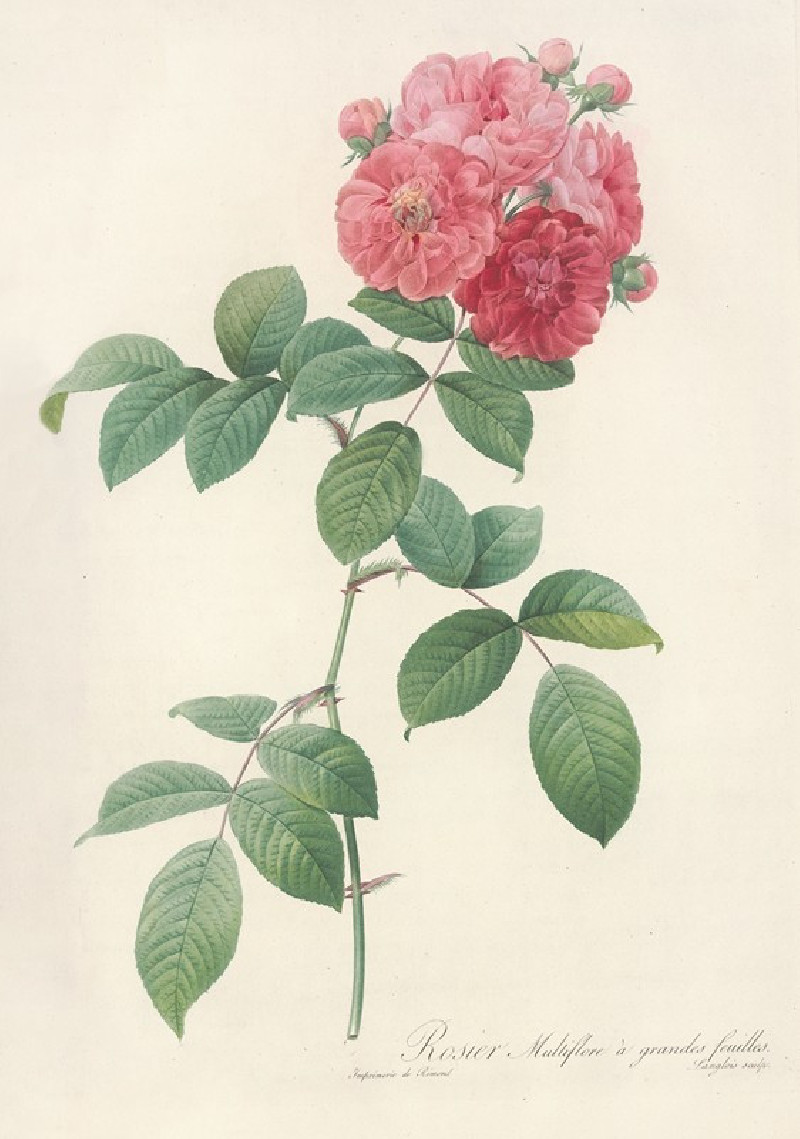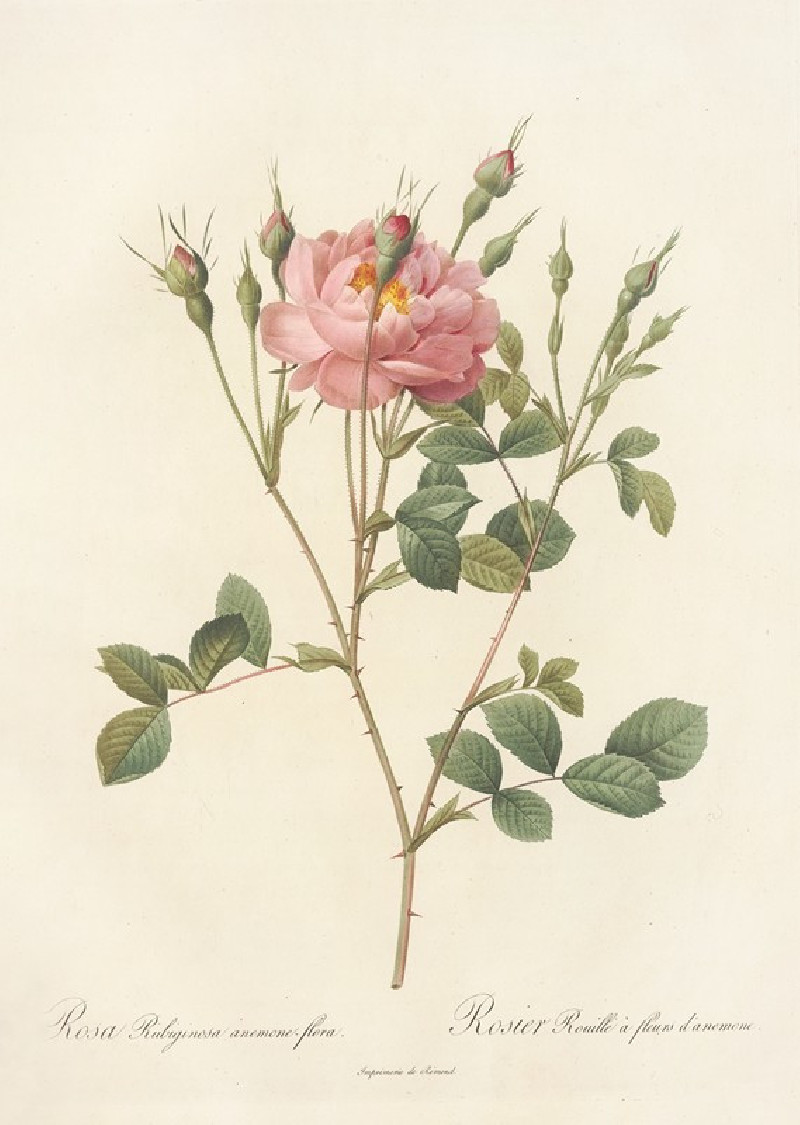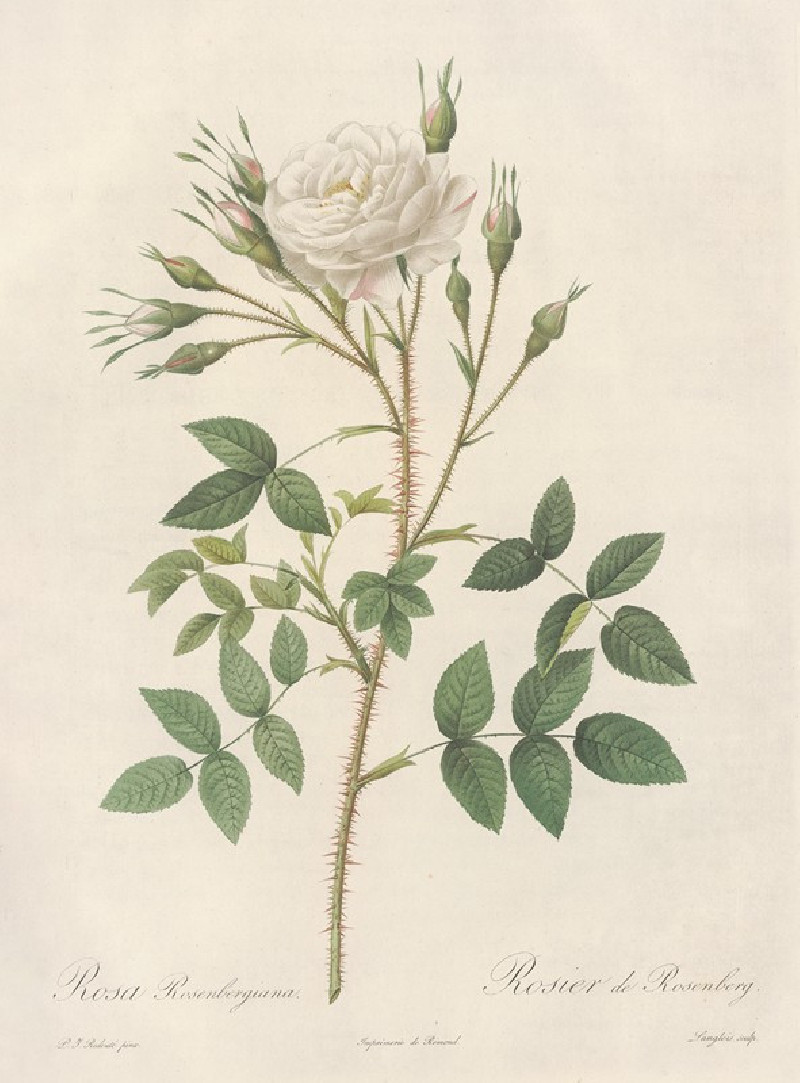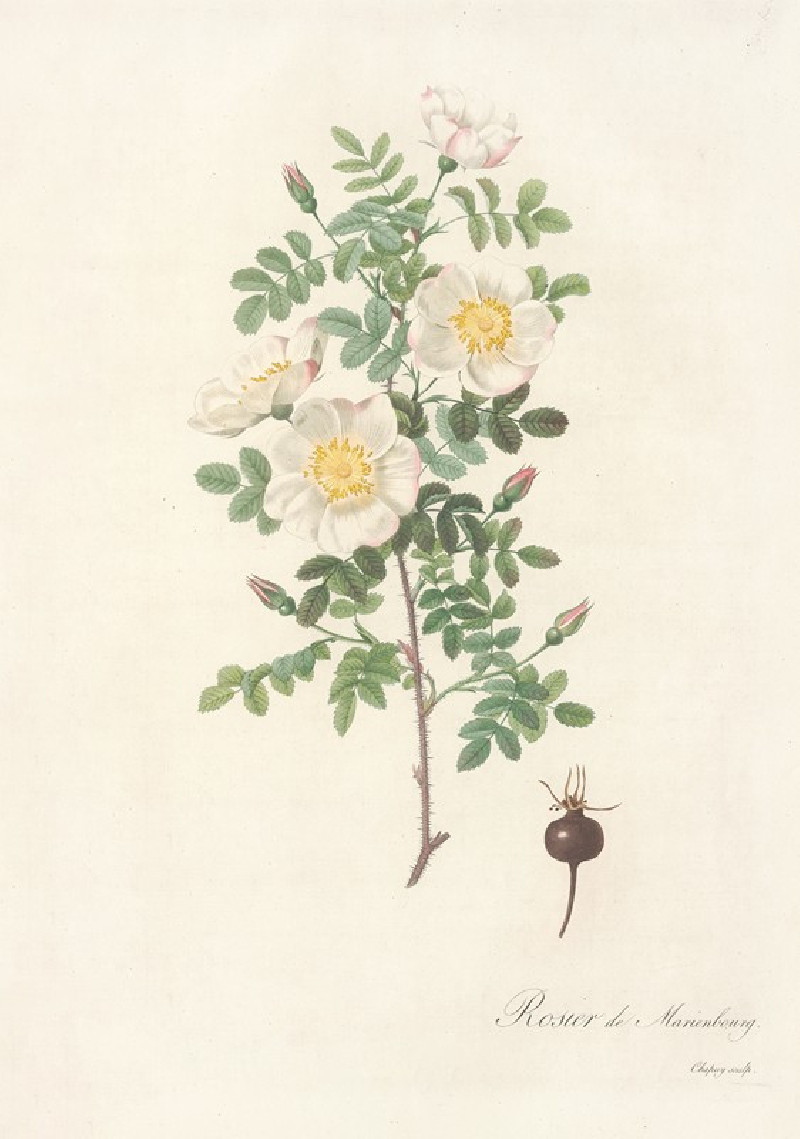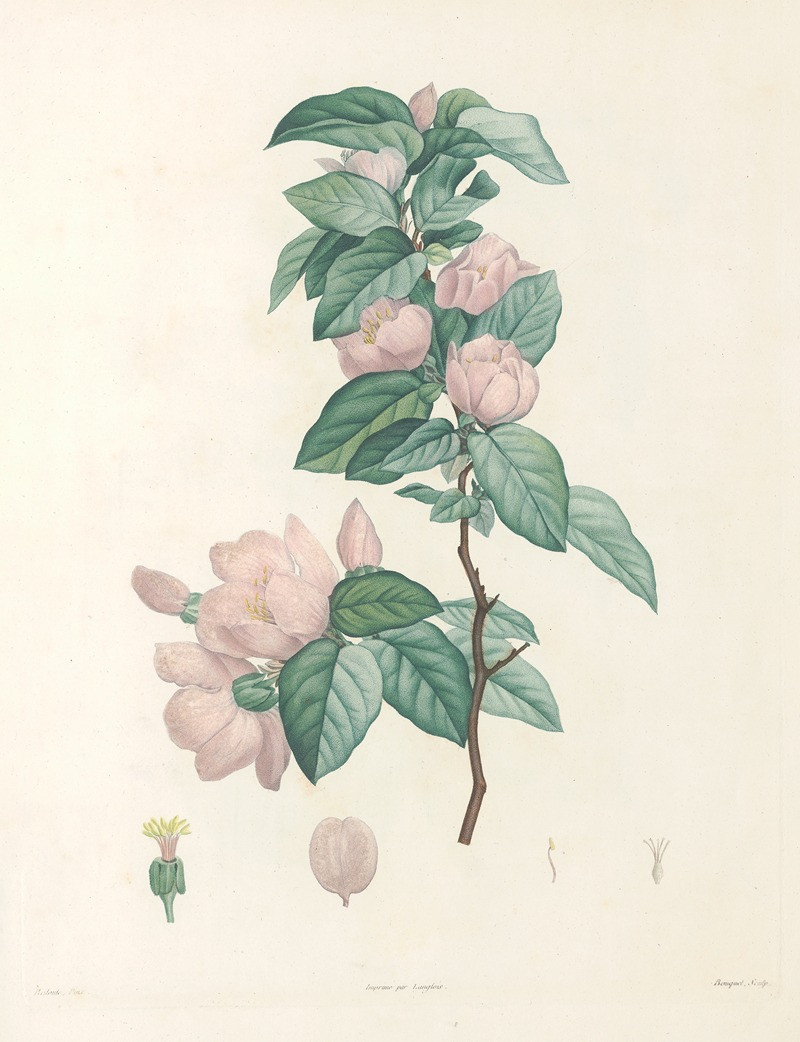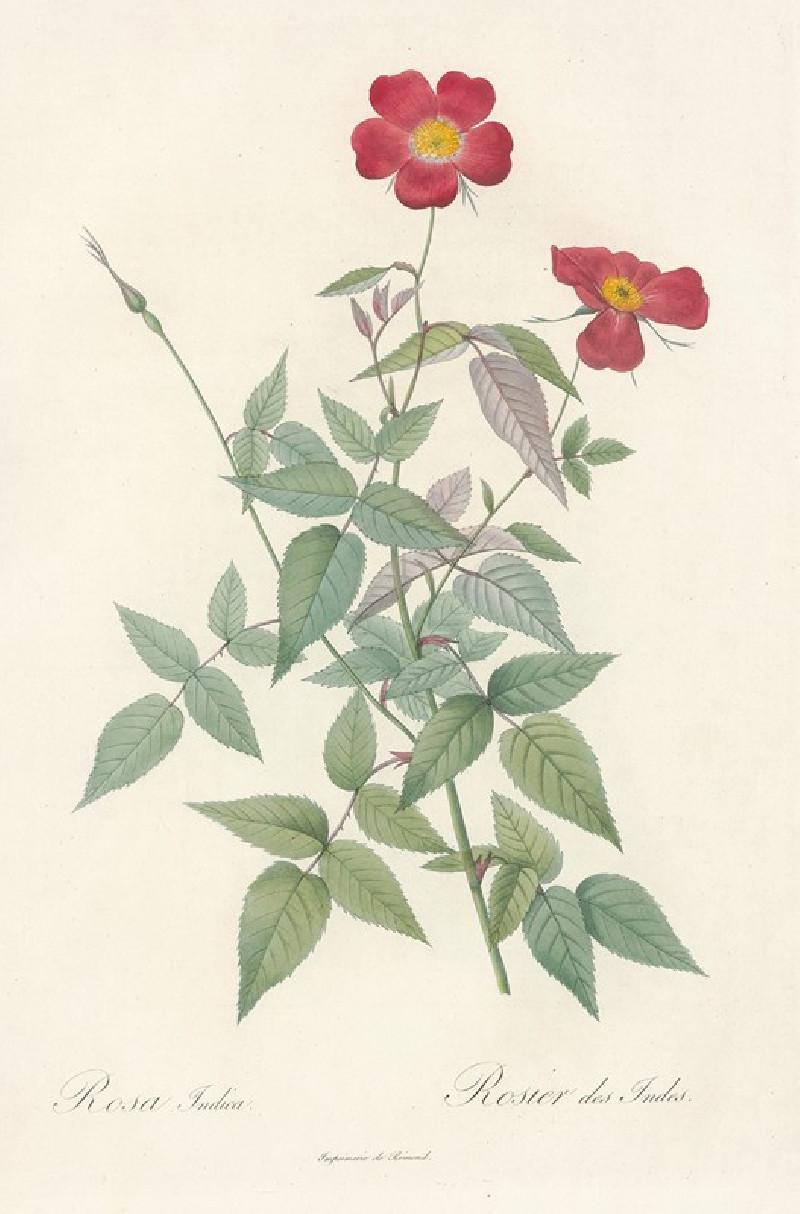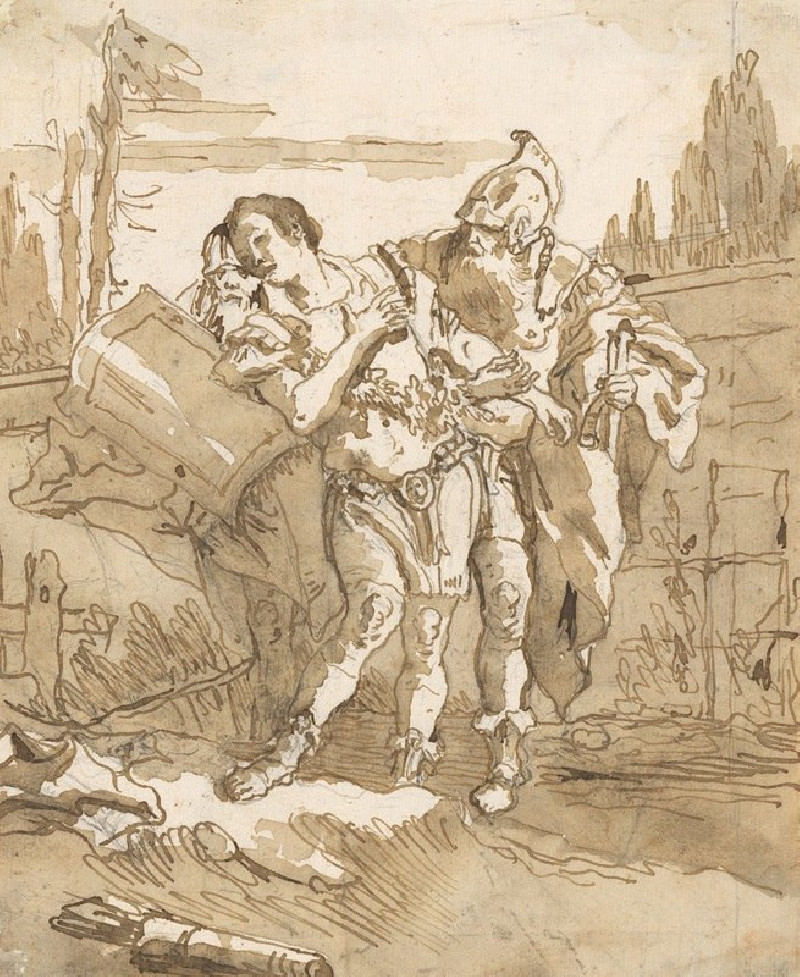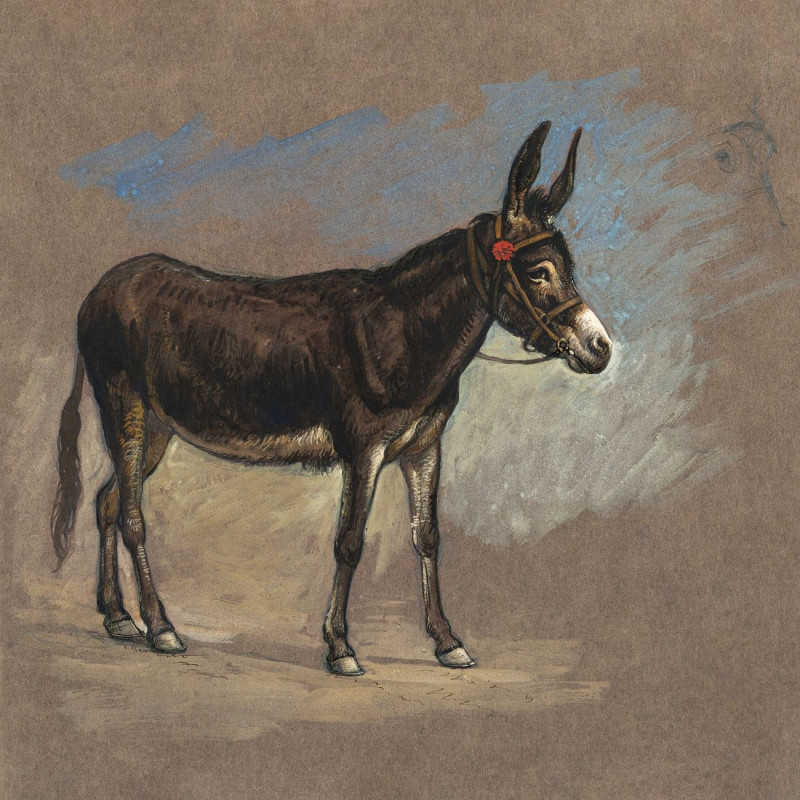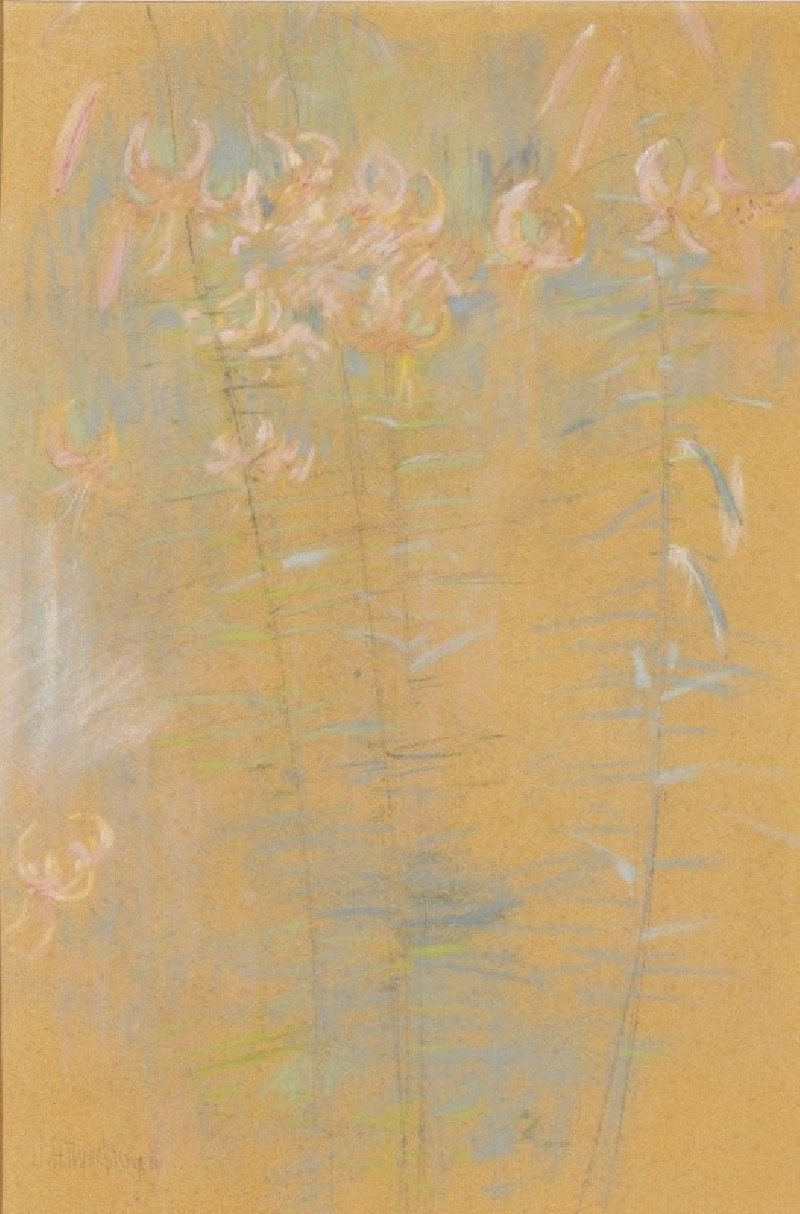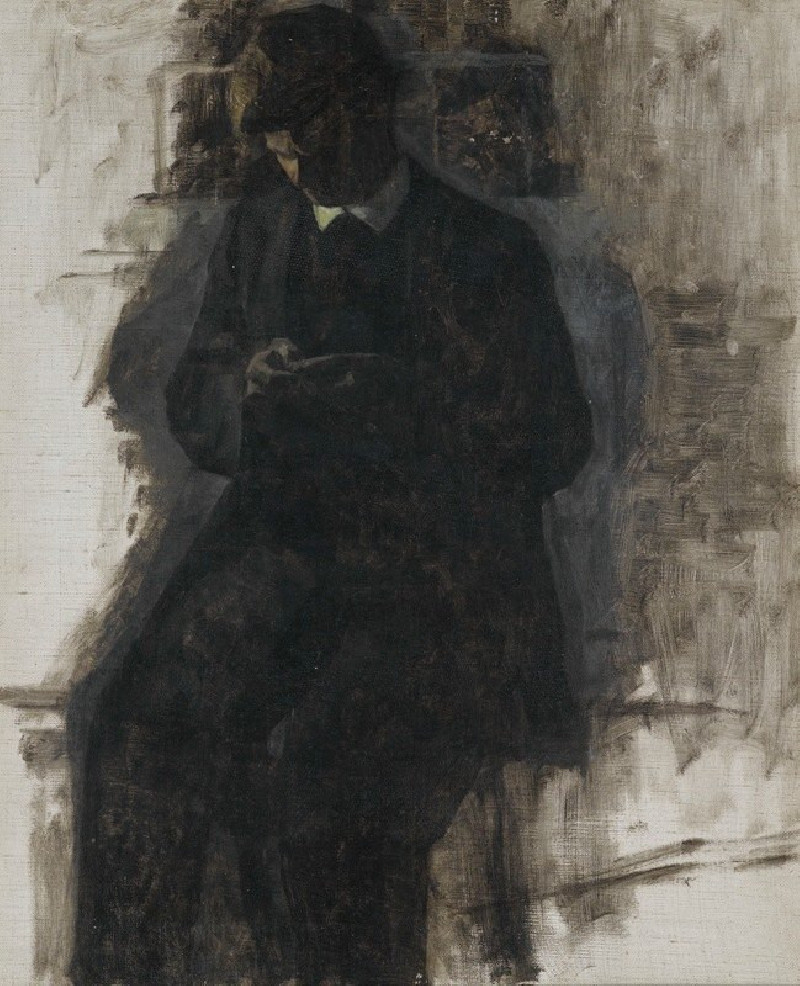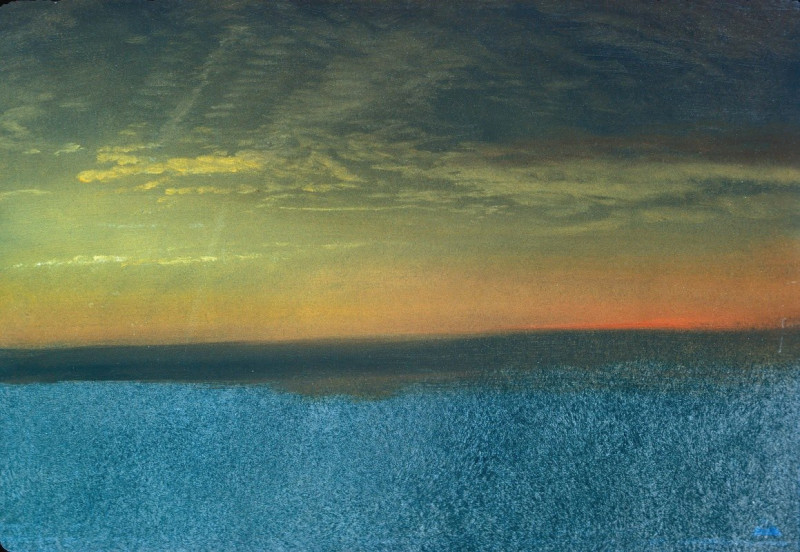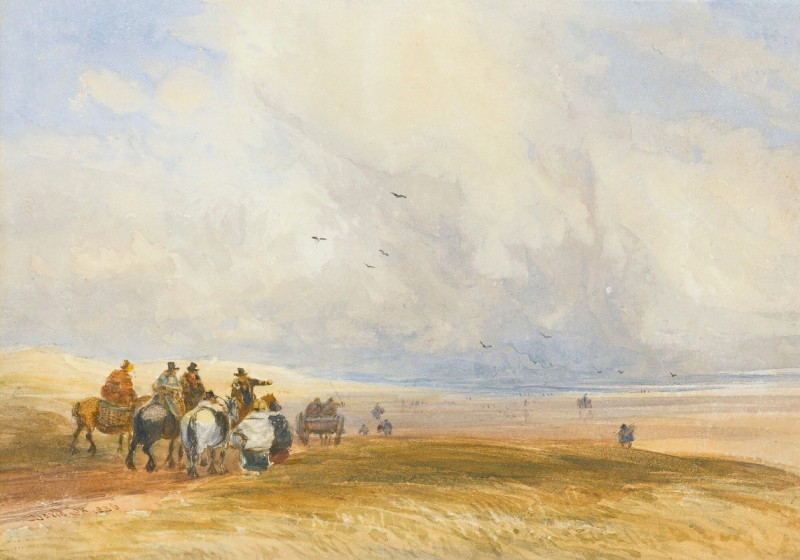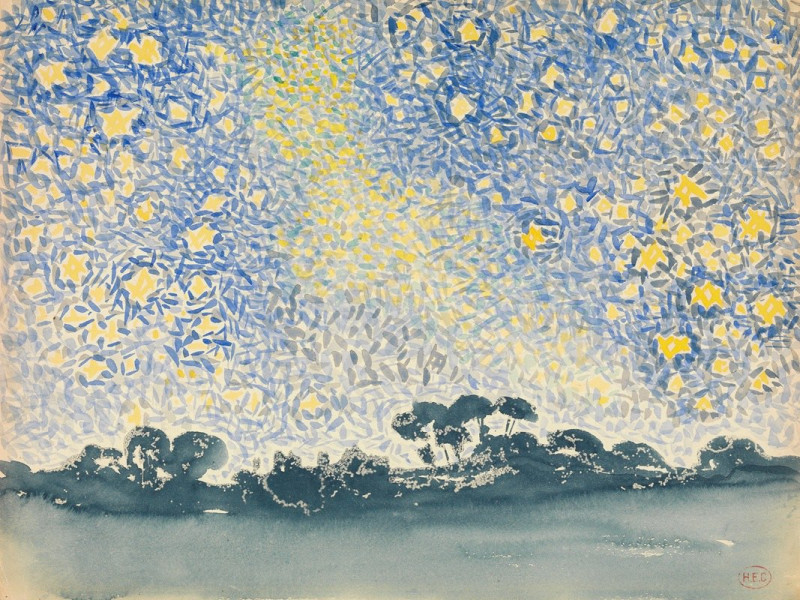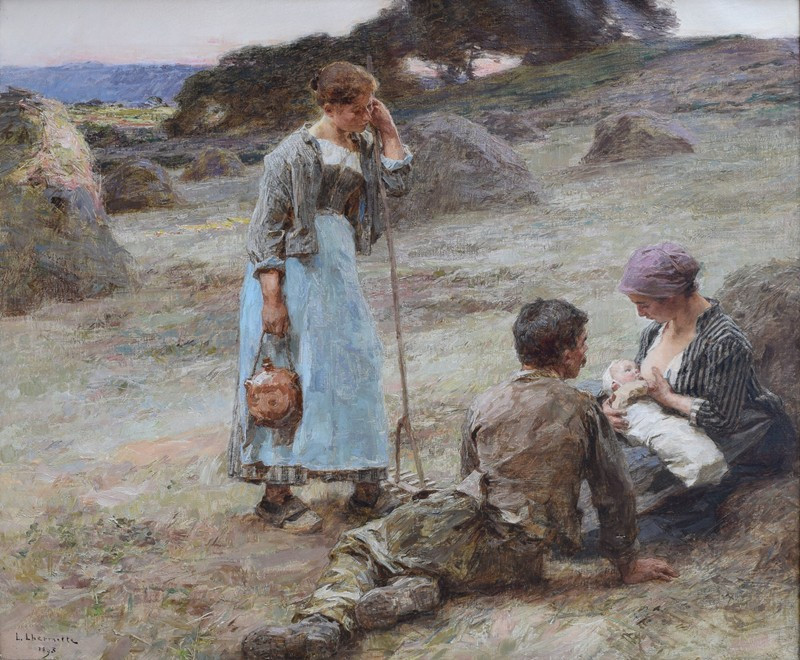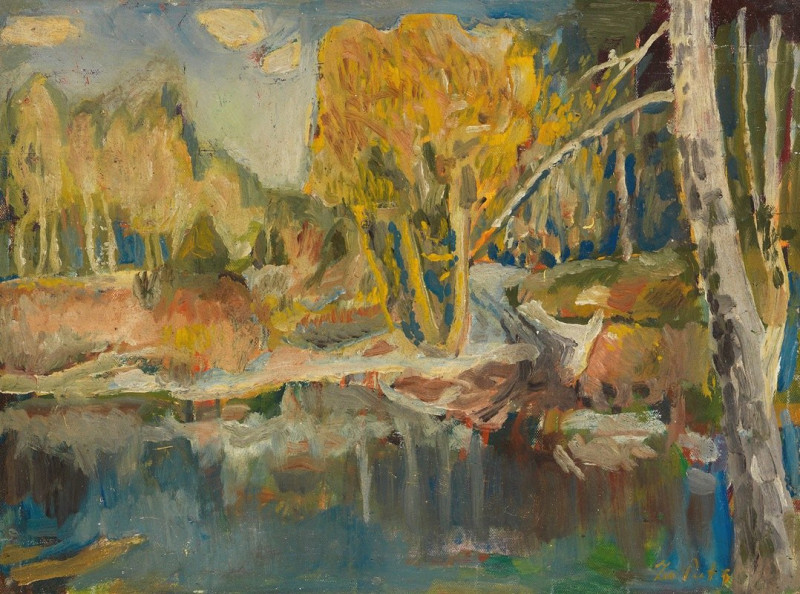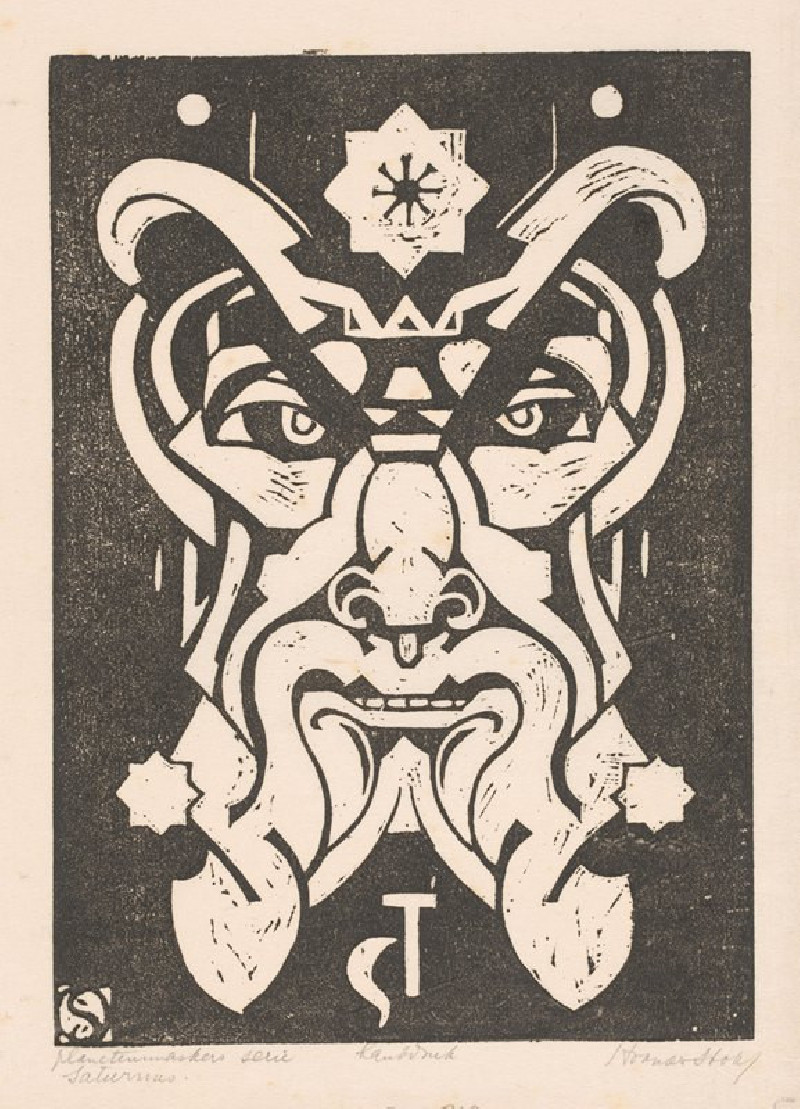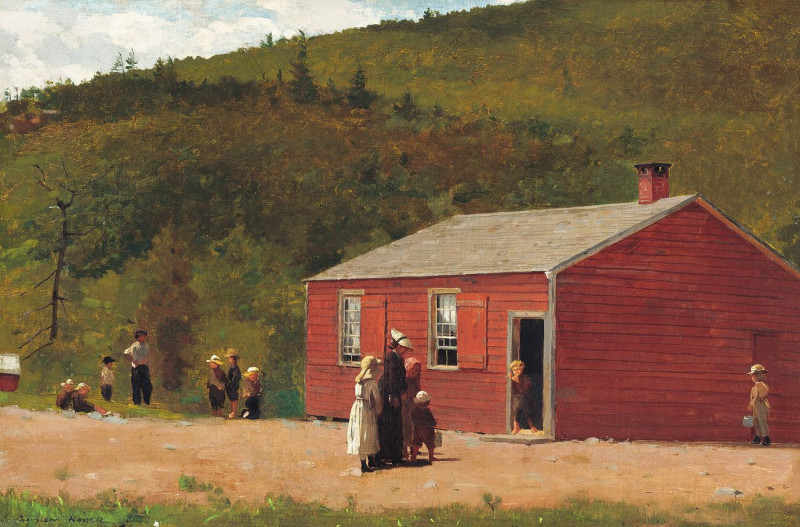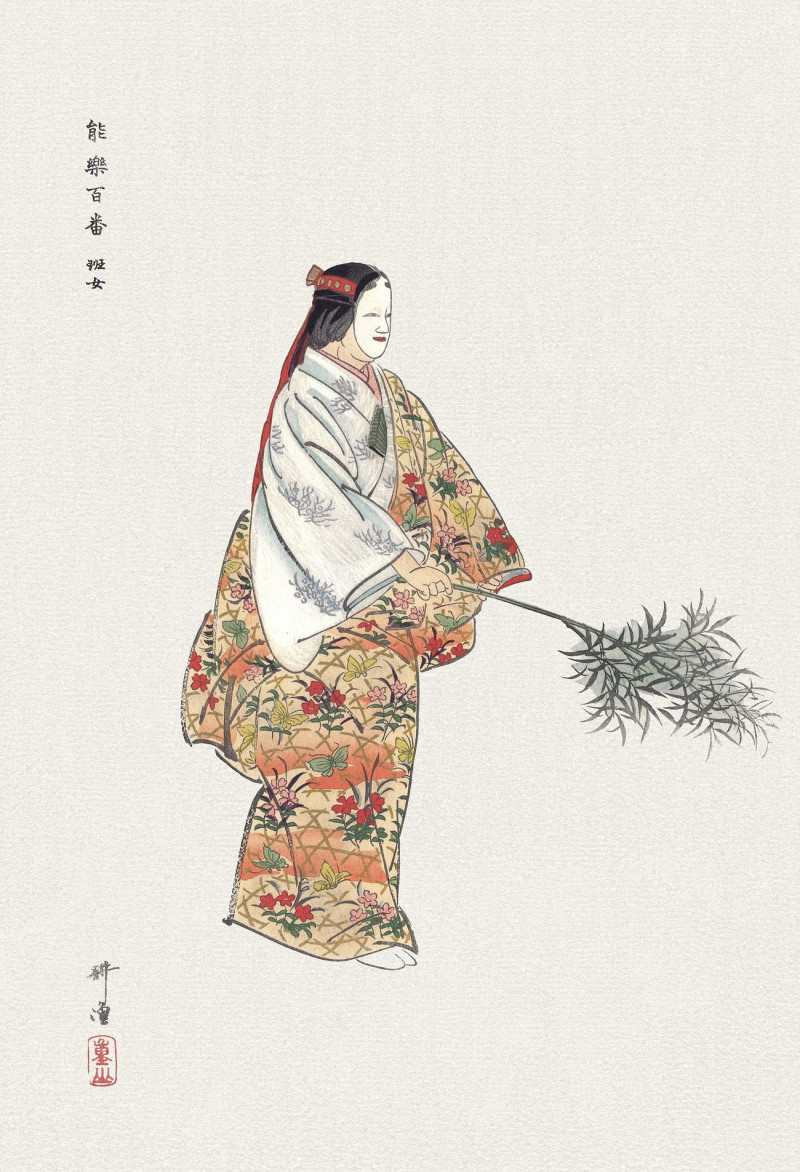Rosa Sepium Myrti Folia (1817 - 1824)
Technique: Giclée quality print
Recommended by our customers
More about this artwork
Pierre Joseph Redouté's "Rosa Sepium Myrti Folia," painted between 1817 and 1824, offers a stunning glimpse into the delicate beauty of botanical art. Redouté, often referred to as the "Raphael of flowers," showcases his mastery in this depiction of a rose branch entwined gracefully with myrtle leaves.The painting features a rose plant in full bloom, with its various stages of flowering elegantly captured. Soft white petals open to reveal vibrant yellow stamens, contrasting beautifully against the lush green backdrop of fine, detailed foliage. Buds, poised to open, suggest the ongoing cycle of nature and the perpetual renewal of life. This piece is a brilliant example of Redouté’s attention to detail and his ability to bring out the subtle textures and hues of floral subjects.Set against a plain background, the botanical subject stands out, inviting viewers to focus entirely on the intricacy of the plant’s structure and the vividness of its colors. Redouté's skillful blend of art and science not only documents the botanical characteristics of the rose but also celebrates its natural elegance and aesthetic appeal.
Delivery
Returns
Pierre-Joseph Redouté, was a painter and botanist from Belgium, known for his watercolours of roses, lilies and other flowers at Malmaison, many of which were published as large, color stipple engravings. He was nicknamed "the Raphael of flowers" and has been called the greatest botanical illustrator of all time.

